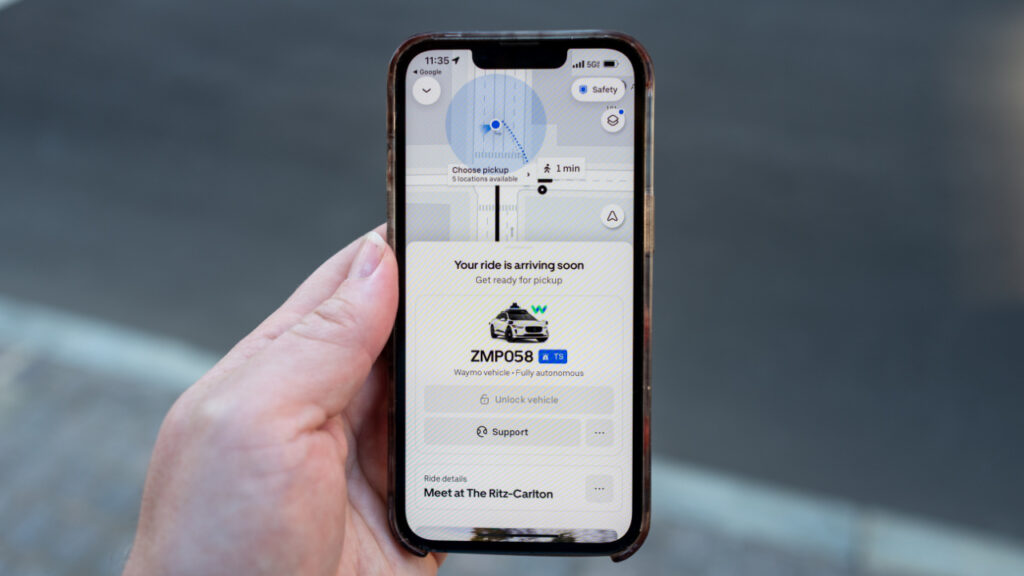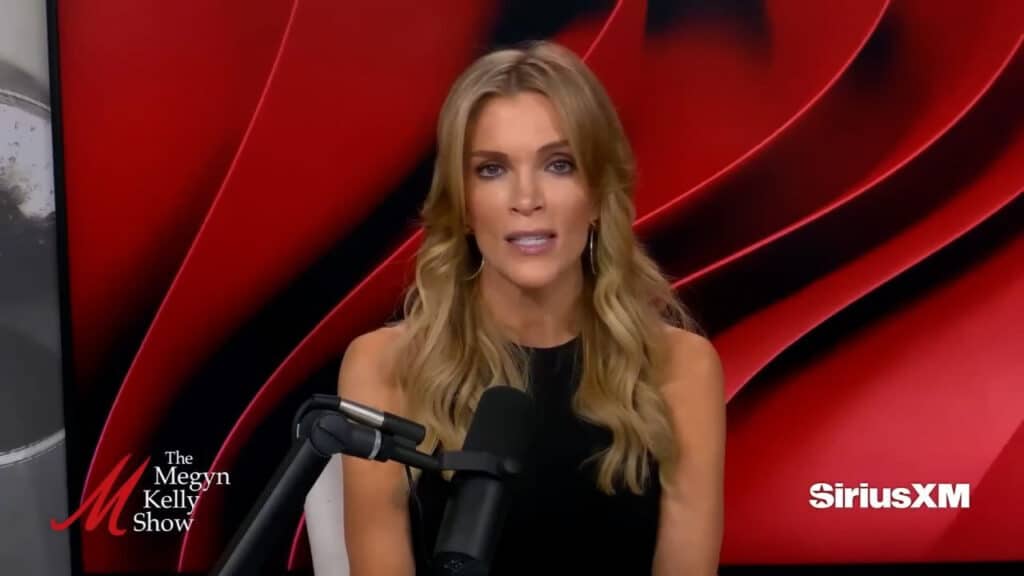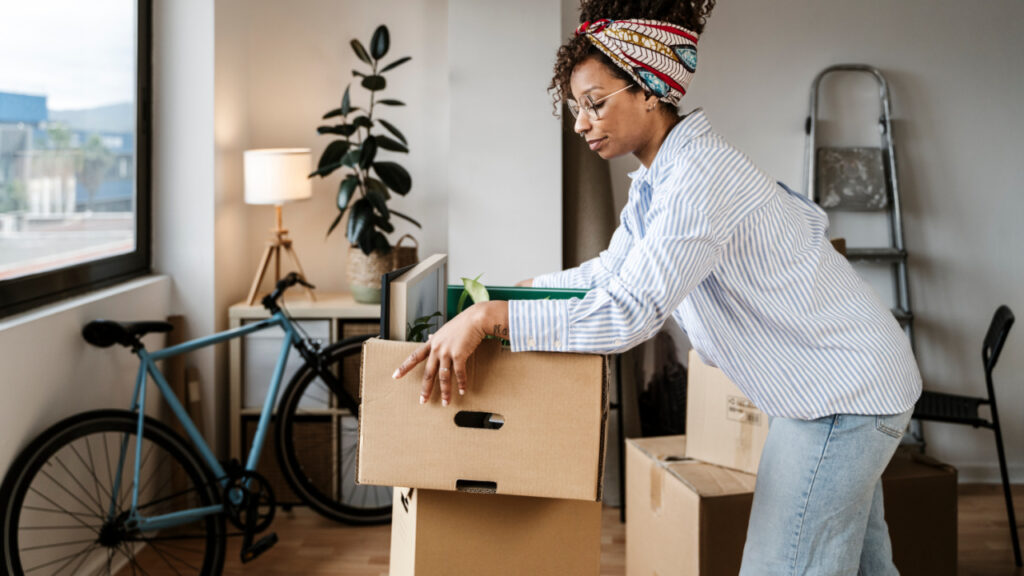Uber’s New Female Driver Feature Is Making Men Mad and Proving Exactly Why We Need It
It’s happened to all of us. You’re exhausted, running late, or headed home from a night out. You call an Uber. When it arrives, your heart sinks. The driver is a man. Your whole body stiffens. You start to scan for exit routes. Your phone battery is low. The app is your only safety net. You tell yourself, “If I had a female driver, this wouldn’t happen.”
Now, that wish is becoming a reality for some.
Uber’s new Women Preferences option is finally live in the U.S.
On July 23, Uber announced a pilot program that allows women riders to request women drivers in select U.S. cities. According to CNN, the feature, called “Women Preferences,” will roll out in Los Angeles, San Francisco, and Detroit.
“We’re proud to pilot Women Preferences in the U.S. for the first time,” said Camiel Irving, Uber’s vice president of operations in the U.S. and Canada, in a press release. “It’s about giving women more choice, more control, and more comfort when they ride and drive.”
Uber has tested this feature in over 40 countries since its launch in Saudi Arabia in 2019. There, it was introduced shortly after women won the legal right to drive. The response, according to Uber, was overwhelmingly positive. In total, the feature has supported over 100 million rides globally.
How Uber’s Women Preferences option works
The feature allows riders to pre-book rides with female drivers, set a preference in the app, or request female drivers in real-time. If a female driver is unavailable, users can still opt for a faster pickup with a male driver.
The program also benefits drivers. Women can now toggle on a “Women Rider Preference” in their settings. This allows them to accept rides only from female passengers. They can turn the setting off at any time.
According to ABC News, Uber states that this feature was developed based on feedback from both riders and drivers. The company also emphasized that it may result in longer wait times, as only about one in five Uber drivers in the U.S. is a woman.
Uber has long struggled with sexual assault reports
The push for safer rides isn’t coming out of nowhere. Uber has faced years of scrutiny for incidents involving driver and rider misconduct.
According to Uber’s own U.S. Safety Report, the platform recorded 3,824 incidents of sexual assault between 2019 and 2020. Of those, 141 were classified as rape. NBC News reported that 91% of rape survivors were riders, and 81% were women.
While the number of reported assaults has dropped compared to 2017–2018, the company acknowledged that “each reported incident represents a harrowing lived experience for the survivor.”
Uber reports that it has removed over 80,000 drivers due to the results of criminal and motor vehicle checks. In 2020, the California Public Utilities Commission fined the company $59 million for failing to provide data on assault incidents. The fine was later reduced after Uber agreed to submit anonymized data.
The reaction to Uber’s new feature says it all
While many women have celebrated the new feature as long overdue, some online reactions have exposed exactly why such a function is needed.
One woman posted on Twitter: “I’ve had some inappropriate experiences with male drivers, including one pulling over en route to turn around and ask me if I wanted to go on a date with him.” Another user wrote: “It feels like rolling the dice every time I call for the Uber. The minute they do this, I’m in!”
Yet, many replies to Uber’s announcement included mocking, concern trolling, or outright hostility. One user commented, “This is Sharia law coming to America.” Another questioned, “Will the woman driver examine my crotch upon entry?”
Others insisted the company define “woman,” while users like @LauraPowellEsq wrote, “It better only be real females.”
Uber’s update validates what women have known all along
The backlash is revealing. It confirms that women feel safer when they’re not being asked to justify their fears. It shows that a basic request (just the option to choose another woman) still triggers men who feel entitled to access, space, and control.
And it proves this new feature is more than a preference. It’s protection.
As Uber rolls out this pilot, the company says it will continue to improve the experience through “education, partnerships, and features.” But the message is already clear. Safer rides start with listening to women—and believing them.




